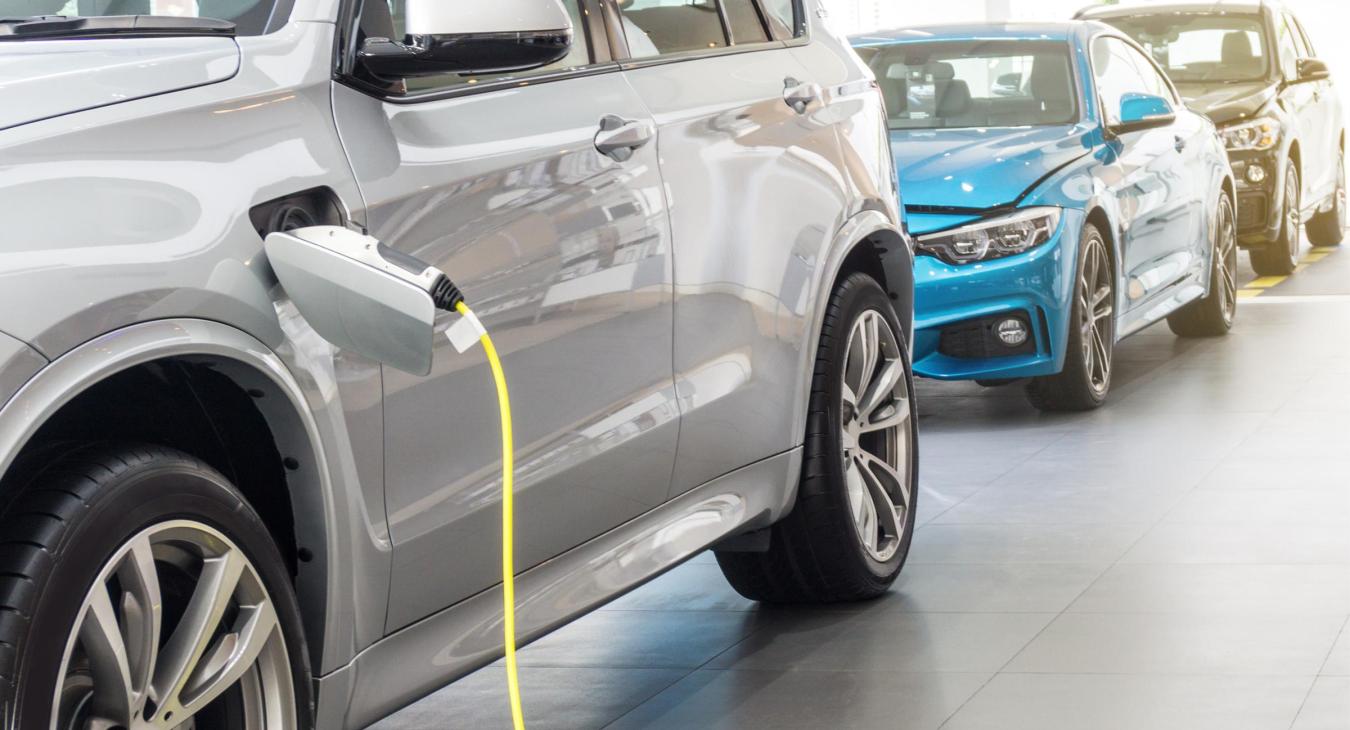When it comes to choosing an electric vehicle, there are two main options: battery-powered electric vehicles (BEVs) and plug-in hybrid electric vehicles (PHEVs). While both types of vehicles offer significant environmental benefits, there are key differences between them that consumers should consider before making a purchase. In this blog, we'll explore the differences between BEVs and PHEVs to help you make an informed decision.
Battery-Powered Electric Vehicles:
BEVs run solely on battery power, meaning they produce zero emissions and have no gasoline engine. Instead, they rely on a rechargeable battery pack that powers an electric motor. BEVs need to be charged frequently, but they can typically travel between 100 and 300 miles on a single charge, depending on the model. Charging times can range from a few hours to overnight, depending on the type of charger used. BEVs require a reliable charging infrastructure, which may be a challenge in some areas.
Plug-In Hybrid Electric Vehicles:
PHEVs, on the other hand, have both an electric motor and a gasoline engine. The electric motor is powered by a battery that can be charged by plugging the vehicle into an electric power source, while the gasoline engine provides additional power and extends the vehicle's range. PHEVs typically have a shorter all-electric range than BEVs, but they can go longer distances thanks to their gasoline engine. The electric range for a PHEV can range from 15 to 50 miles, depending on the model.
Differences in Cost:
When it comes to cost, BEVs are generally more expensive than PHEVs. The higher price tag for BEVs is due to the cost of the battery, which is the most expensive component in the vehicle. However, BEVs have lower operating costs than PHEVs, as they use less energy and require less maintenance. PHEVs are more affordable than BEVs, but they still offer significant fuel savings compared to traditional gasoline-powered vehicles.
Environmental Impact:
Both BEVs and PHEVs offer significant environmental benefits compared to gasoline-powered vehicles. BEVs produce zero emissions, making them the most eco-friendly option. PHEVs emit fewer emissions than traditional vehicles, but they do produce some emissions from their gasoline engine. The amount of emissions produced by PHEVs varies depending on the vehicle's electric range and how often the gasoline engine is used.
Driving Experience:
Finally, the driving experience is another factor to consider. BEVs are quieter and smoother than PHEVs, as they have no gasoline engine. PHEVs offer more flexibility, as they can switch between electric and gasoline power. PHEVs also eliminate the range anxiety that some drivers experience with BEVs, as they can rely on their gasoline engine if they need to go further than their electric range allows.
In conclusion, the choice between a BEV and a PHEV depends on your individual needs and circumstances. BEVs are a good option for those who have a reliable charging infrastructure and need to travel longer distances, while PHEVs are a good option for those who need the flexibility of both electric and gasoline power. Both types of vehicles offer significant environmental benefits and can save drivers money on fuel costs.
Visit our webpage to learn more about EV charging programs and rebates offered by Crow Wing Power and start saving money while helping the environment today!

